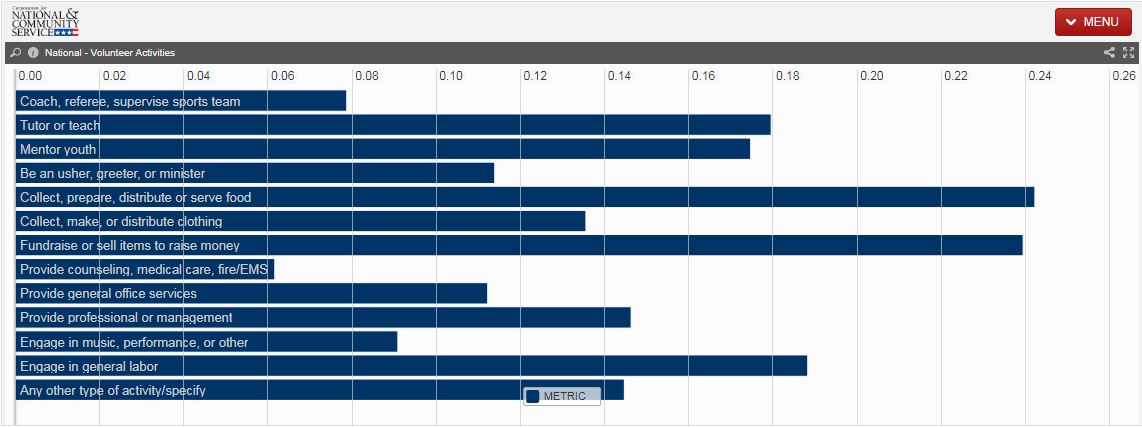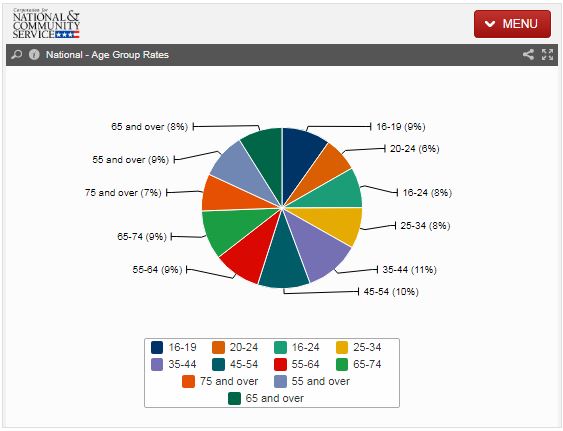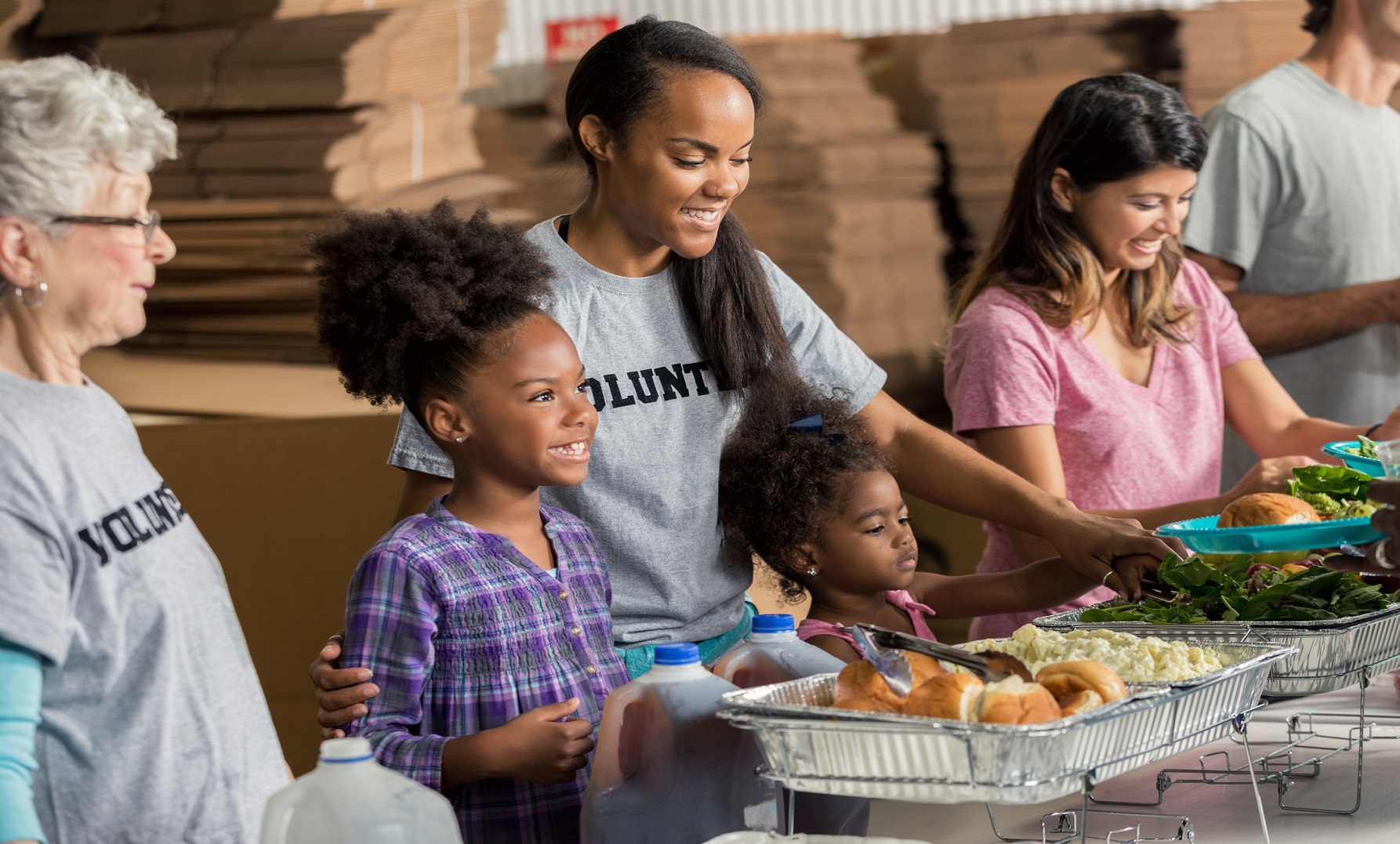Why I Volunteer
In my spare time, I (Hannah) spend many hours volunteering at an organization called
Hope Reins located in Durham, NC. Hope Reins is a Christian nonprofit that pairs a rescued horse, a hurting child, and a caring session leader for ninety minute sessions in order to help the child find hope and healing in Jesus Christ. Serving in this ministry is truly one of my greatest joys and passions. For many nonprofits, like Hope Reins and Higher Rock, volunteers and financial donors are the lifeblood of the organization. Most are on a very tight budget, and there is often more work to be done than there are hands to do it.
How is Volunteering Helpful for a Nonprofit?
Most of us desire to make a difference in the world, and volunteering with a cause that you are passionate about is a significant way to do that. Personally, that is the primary reason that I offer my time. Not only has Hope Reins significantly impacted my life, but working as a full time employee at Higher Rock Education has made me think about volunteering in a different light. As a nonprofit, we also rely on the contribution and dedication of our volunteers and donors. We could not provide the services that we do without their support. If you have read our lesson,
GDP – Measuring an Economy's Performance, you will recall that unpaid work is not included in the
GDP (GDP is a common measure used to assess the health of an economy). But if volunteers are the heartbeat of so many organizations, what is the true value of their labors? Can that value be measured? Also, who volunteers, and where? How many hours do Americans spend volunteering each year? Below are some interesting statistics I discovered in my research.
According to the
Corporation for National and Community Service, 62.6 million Americans volunteered their time in 2015. That is approximately 24.9% of the adult population. Those individuals together contributed 7.8 billion hours of service with an estimated value of $184 billion. That is a massive contribution to the good of our society! To break it down even further, the
Independent Sector approximates that the value of each volunteer hour in 2016 was $24.14 on average. The rate varies by state, and to understand how this figure was determined, visit their website.
The graph below is taken from the
CNCS website, and shows the various jobs performed by volunteers. The top 5 are: 1) Preparation and distribution of food, 2) Fundraising, 3) General labor, 4) Tutoring/teaching, and 5) Mentoring youth. It is not surprising that these are the top five. Many of these meet immediate needs in our society, such as providing food for the homeless or tutoring/mentoring at-risk youth. Others are constant necessities in nonprofits, such as fundraising or general labor. Finally, several of these options do not require special skills or training, so the entire family can get involved in serving together.

Source:
CNCSLittle Discrepancy between Age Groups and Volunteerism Rates
You might think that the rate of volunteers would vary significantly based on age. After all, many high school kids are looking to boost their college application, and volunteering can set you apart from the competition. On the other end of the spectrum, those who are retired might have more time to invest in a cause that they really love. However, there is actually very little discrepancy between age groups, according to the CNCS. Only about 6% of volunteers in the US are between 20-24 years old, while the most volunteers fall into the 35-44 age range (11%). All of the other age groups hover around 8 or 9 percent.

Source:
CNCS
Regardless of your age or how many hours you can commit to volunteering, be encouraged! The work you do, even if it is not included in the GDP, matters and makes a large impact on our society for the good. Keep pressing on!


